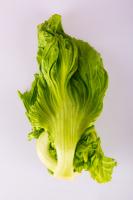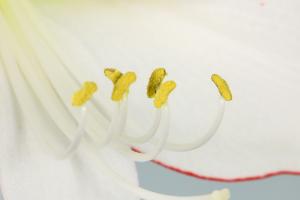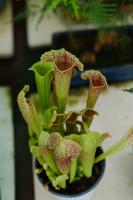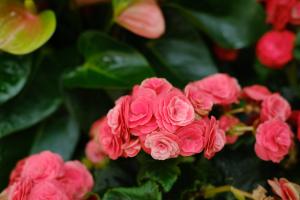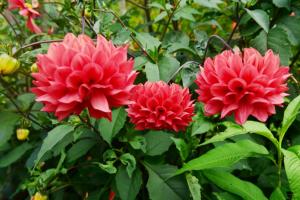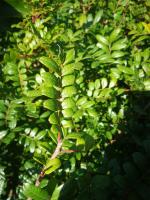Characteristics of plant habits
We can also conclude from the latitude and altitude of its main location that this plant prefers a wet and cold environment. In addition, it has strong adaptability, can grow in places with good or poor drainage, and can be combined with different plants to form different forests. Moreover, it is also resistant to shade

Specific method
Soil: as we said above, it will form different forests with different plants according to drainage, which will be introduced in detail below. If it is on a low slope with good drainage performance, it will form a mixed forest with coniferous or broad-leaved trees such as Korean pine and Populus euphratica. If it is a hilly area with poor drainage, it will form a small pure forest with some smaller and slower growing tree species. Then, the control of soil conditions is based on our needs
We can't say that the shade is too strong, but we can't give it at all. Experiments show that more than 85% shading rate will affect the normal growth of plants, so what we need to do is to control the appropriate shading intensity
Sowing: we usually carry out this process in the middle or late May of spring. In addition, at this time, the ground temperature is best controlled at 8 to 10 degrees Celsius. Five to six days after sowing, the seeds will begin to germinate and emerge in about a week. Then, we can give appropriate shading measures

Precautions
If the seeds do not sprout when sowing, the sand mixing method can be used to promote germination, so the germination probability of seeds will be greatly improved

 jackfruit
jackfruit snake plant
snake plant hibiscus
hibiscus hydrangea
hydrangea lavender
lavender Green roses climb al...
Green roses climb al... If you don't pay att...
If you don't pay att... Management of four g...
Management of four g...